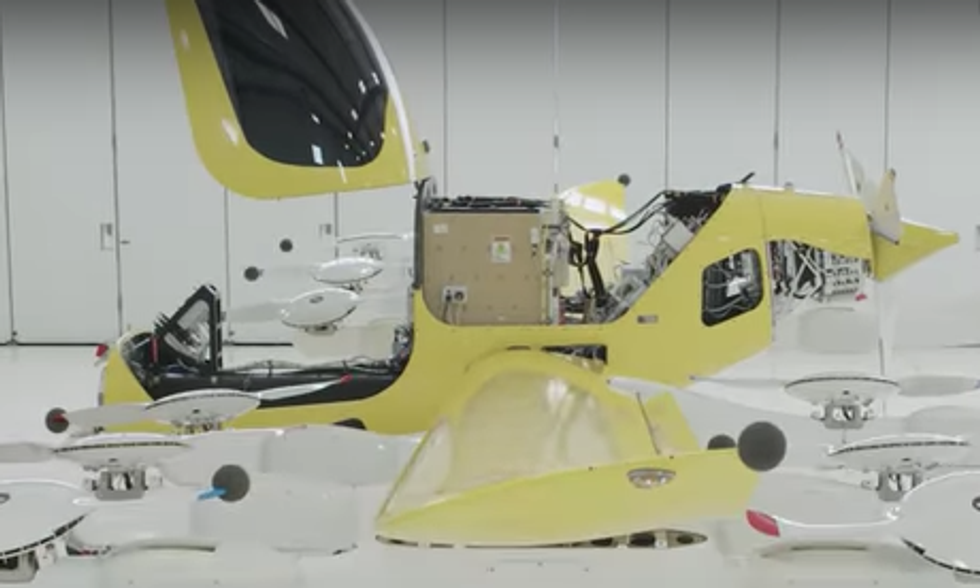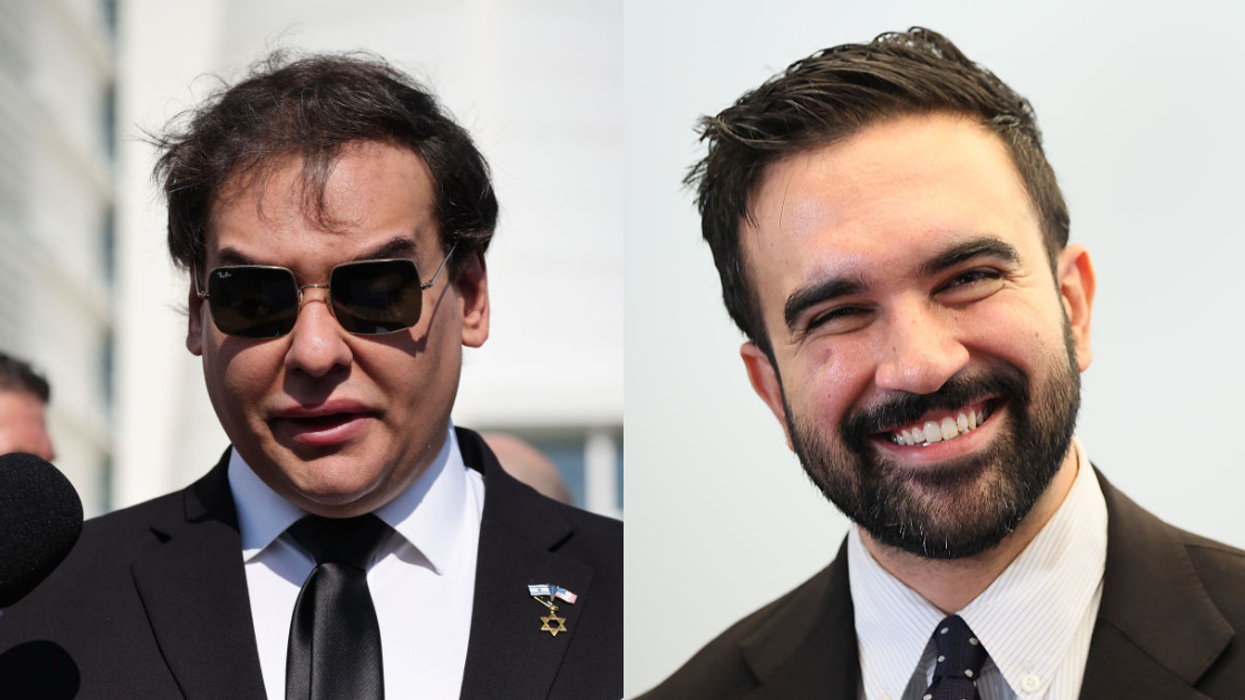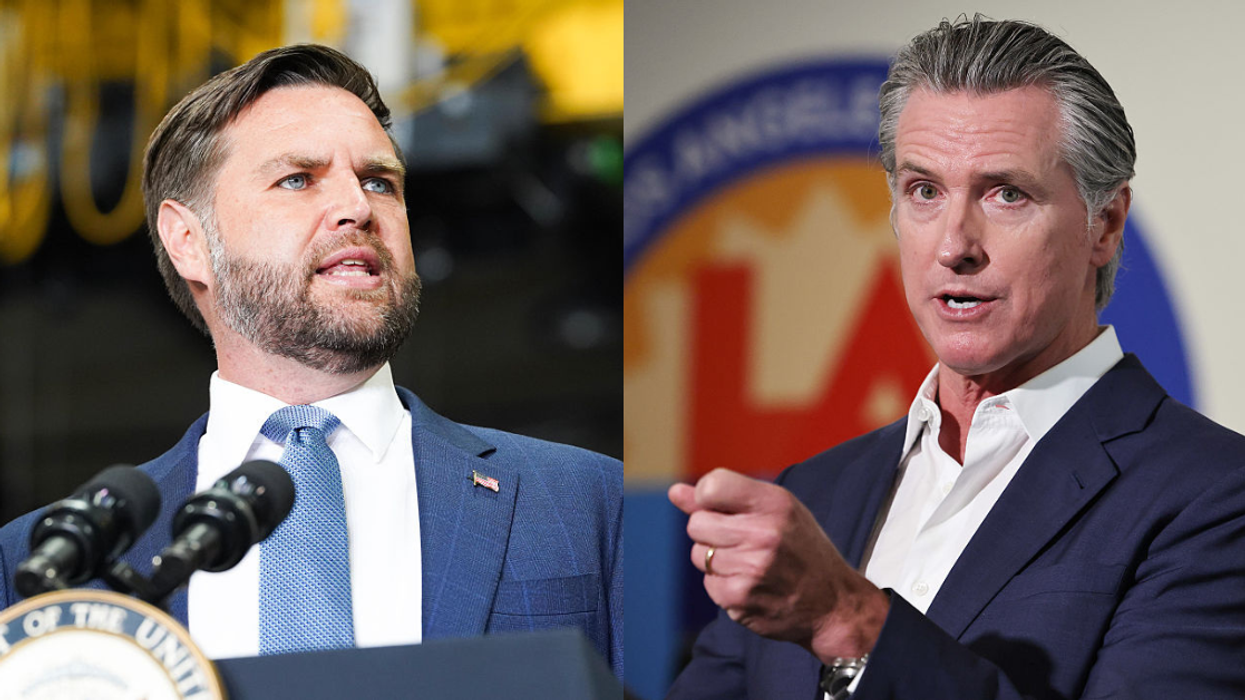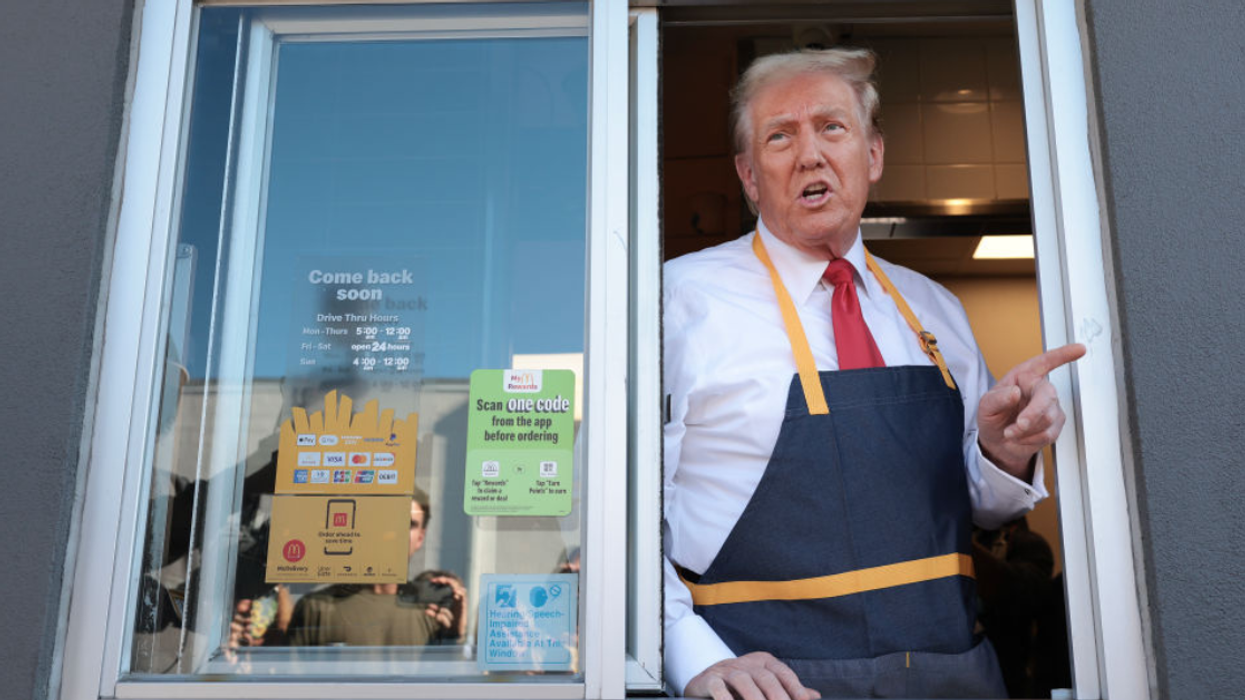If you’ve ever watched the 1960s futuristic cartoon The Jetsons, you’ve seen Google co-founder Larry Page’s basic vision for flying taxis. It takes off and lands like a helicopter and flies horizontally with a passenger on board—except George Jetson still had to steer. After several years of quiet development, Page has unveiled the self-driving, electric prototype in New Zealand and plans to bring service-for-hire to the public.
Behind the Curtain of the Secret Flying Taxi
Page, now CEO of Google’s parent company, Alphabet, is operating this project by personally financing a company called Kitty Hawk. The company is working to improve the prototype of autonomous flying vehicles, known as Cora, so people could rent similar vehicles for transport.
The names of the companies helped keep the testing covert and limited Page’s visibility. During the flying machine’s development stage, Kitty Hawk was known as Zee Aero. The operator is a company called Zephyr Airworks. Frank Reid, former President of Virgin Airlines and others, is CEO of Zephyr Airworks. However, Kitty Hawk’s CEO is Sebastian Thrun, leader of the self-driving car development at Google X and former Stanford University Professor—a link back to Google and Silicon Valley.
How Cora Flies
With no need for a runway, Cora is designed to take off and land vertically, similar to a helicopter.
[embed][/embed]
“Designing an air taxi for everyday life means bringing the airport to you. That’s why Cora can take off and land like a helicopter, eliminating the need for runways,” a spokesperson for Kitty Hawk said. “Cora has the potential to transform spaces like rooftops and parking lots into places to take off right from your neighbourhood.”
A dozen small rotors help create that lift, then larger motors and 36-foot airplane-style wings silently propel the vehicle forward. It can carry two passengers at 3,000 feet up to 110 miles per hour, with a current battery range of 62 miles.
Of course, all these grand plans and progress toward autonomous taxis will mean nothing if people are afraid to fly in them. Beginning with this initial announcement, Kitty Hawk is beginning its campaign to reassure the public about safety concerns.
Kitty Hawk’s website boasts all-electric rotors—both fans and propellers—which operate independently for additional safety. Likewise, the navigation can be calculated by three independent flight computers. The system includes a parachute for a landing without the fans.
According to the company’s statement, “Cora will combine self-flying software with expert human supervision, so you can enjoy the ride.”
Plans Revealed for Operations Down Under
After many sightings of the flying prototype since October 2017, the project became public in March when Kitty Hawk revealed an initial flight video and the vision for Cora. Testing and negotiations with governmental agencies had been secretly underway in New Zealand for the previous 18 months. New Zealand made a favorable setting for Cora’s research and development because of local government support and advantageous flight-testing rules. Yet, the nation’s safety-conscious and thoughtful reputation may encourage other countries to follow its lead as this technology progresses.
Kitty Hawk explained it chose New Zealand as the site to launch Cora for the country’s vibrant economy and its Civil Aviation Authority, which has “the respect of the worldwide regulatory community.”
New Zealand Prime Minister Jacinda Ardern wrote the New York Times that the decision to work with Kitty Hawk was “about sending the message to the world that our doors are open for people with great ideas who want to turn them into reality.” She added, “We’ve got an ambitious target in New Zealand of being net carbon zero by 2050,” and, “exciting projects like this are part of how we make that happen.”
Together, Kitty Hawk and the New Zealand government are working to achieve official certification for Cora. Rather than offering the vehicles for sale, they are working toward a goal of a certified network of flying taxis to be up and running in three years, which would make them the first nation to do so. Kitty Hawk is currently developing an app to allow clients to hail the transport service, once they’re ready for business. Prior to Kitty Hawk’s announcement of the New Zealand program, the most optimistic minds in the field predicted an achievement like it would not materialize for another ten years.
Cora’s Competition
But Cora’s development will not be a one-person race. In the two months prior to its launch, the Intel-backed Volocopter and the Airbus-related Vahana multicopter announced success with their similar prototypes in the United States. The following month, Dubai released footage of its version of the autonomous taxi, a product of a deal with Chinese drone manufacturer Ehang.
Overall, at least 19 different entities are currently working on some type of air taxi system, including Boeing, Joby Aviation, and Uber. Working toward an aggressive target date of 2020, Uber plans to begin operating its air taxis in Los Angeles, Dallas-Fort Worth and Dubai.
But when you compare the path of navigating regulation for these other airborne vehicles, it’s easy to see why Page took his vision from Silicon Valley to New Zealand for implementation. While the U.S. Federal Aviation Administration does allow autonomous test-flights, the busy, underfunded agency provides no process for certification nor commercialization. And countries allowing this technology to progress more quickly into commercial use, such as many in the Middle East and Africa, have not been accepted as respected models for aviation regulation. Thus, it’s a good bet that Page’s New Zealand project may be commercially operational as an international model before its competitors.
Cora’s Ongoing Secret Relationship to Northern California
Meanwhile, Page may be storing yet another secret back at home, roughly 60 miles south of Google’s Mountain View campus, in Hollister California. It’s common knowledge for those in Hollister—based on sightings, photographs, and video—that Cora was tested and perfected at the local airport. Kitty Hawk, however, never reveals this on their website and refuses to disclose the test site.
It’s also widely known that city officials in Hollister have been negotiating with Kitty Hawk, a current airport tenant, for months—apparently for a new contract of some sort. But, neither party will comment per Kitty Hawk’s request.
“They asked us not to make comments. We are going to honor that request,” airport manager Mike Chambless told Benitolink.
Unnamed sources told Benitolink the City of Hollister and Kitty Hawk are coming close to an agreement to expand production facilities to manufacture flying the taxis on airport property, employing 170 to 200 people. That type of increase in high-tech jobs and connection to leaders in Silicon Valley could transform a city the size of Hollister, primarily known for agricultural production.
So, while he’s revealing secrets in New Zealand, Page may have another aspect of his vision brewing close to Silicon Valley after all. And for those who want to commute to Hollister to work on the potential new projects at the airport, perhaps they’ll have a new way to get there.

















 @sunisalee_/TikTok
@sunisalee_/TikTok @sunisalee_/TikTok
@sunisalee_/TikTok @sunisalee_/TikTok
@sunisalee_/TikTok @sunisalee_/TikTok
@sunisalee_/TikTok @sunisalee_/TikTok
@sunisalee_/TikTok @sunisalee_/TikTok
@sunisalee_/TikTok @sunisalee_/TikTok
@sunisalee_/TikTok @sunisalee_/TikTok
@sunisalee_/TikTok @sunisalee_/TikTok
@sunisalee_/TikTok @sunisalee_/TikTok
@sunisalee_/TikTok